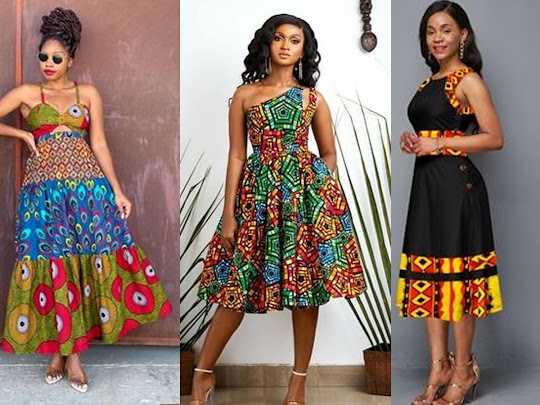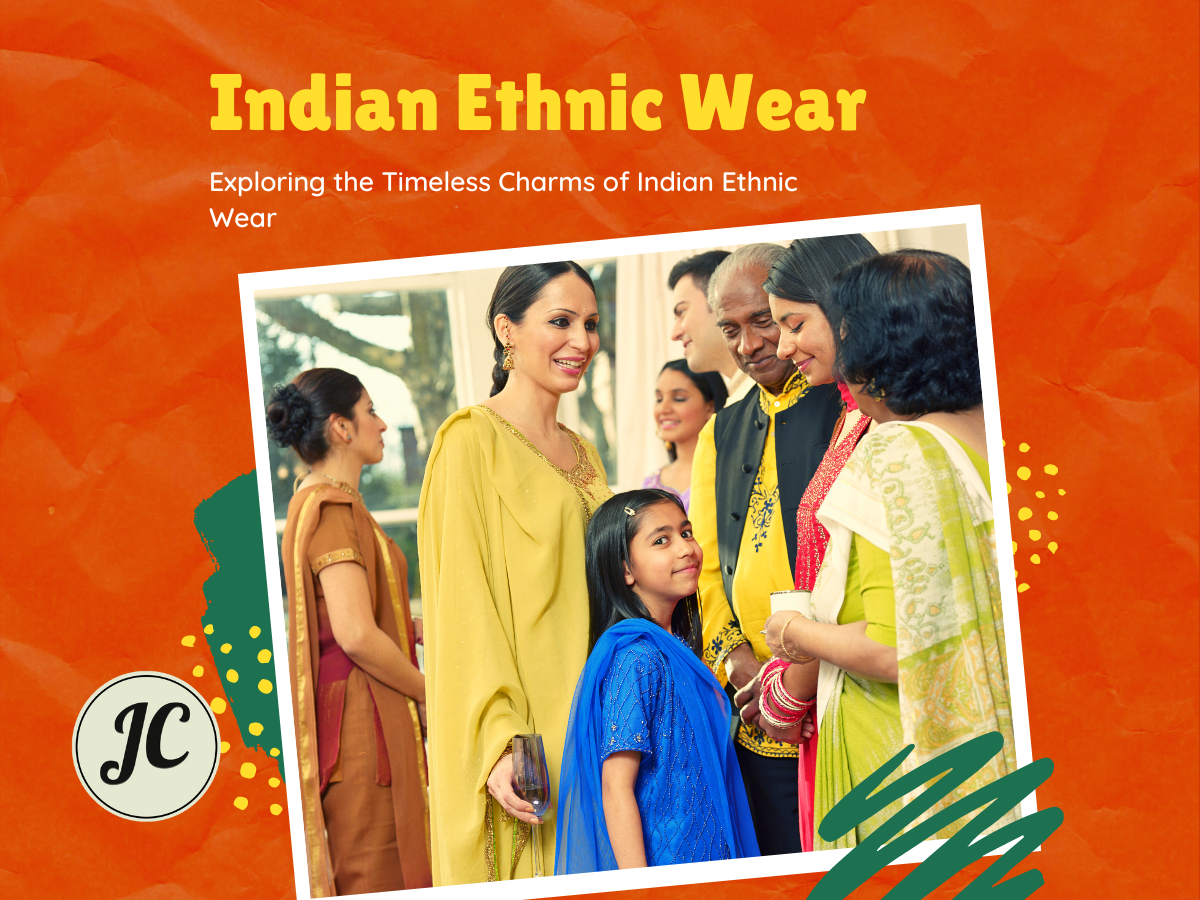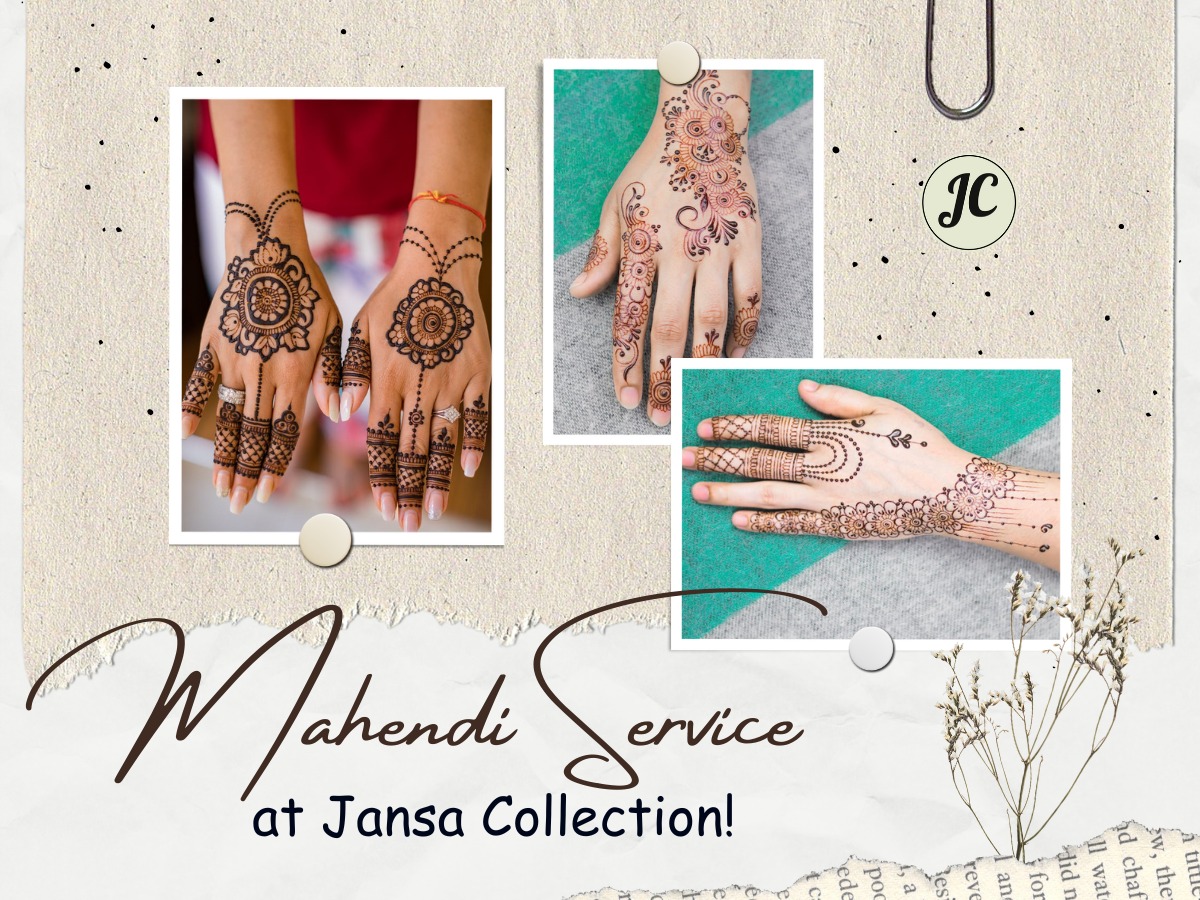Language Settings
- அ
Tamil
தமிழில் தொடரவும். - අ
Sinhala
දිගටම සිංහලෙන්. - A
English
Continue with english.
African clothing
African clothing commonly refers to the traditional clothing worn by the people of Africa.
Different tribes throughout the continent pride themselves on their national dress which they use for ceremonies and special occasions.
There are many varied styles of dress and the type of cloth plays an integral role in fashioning the garment. The fabric often reflects the society in general as well as the status of individuals or groups within that community.
In some instances, traditional robes have been replaced or influenced by foreign cultures, like colonial impact or western popular dress code.
The evolution of dress in Africa is very difficult to trace due to the lack of written word and actual historical evidence. Much is pieced together from various sources like traditional robes being handed down to present-day tribal members, word of mouth (oral history), theatre (masquerades) and from art and artefacts which show sculptural representations of the dress.
Clothing was not generally needed for warmth or protection in most areas of the African continent due to the warm and hospitable climate and many tribes did not wear much at all. The men wore just a loincloth or apron and the women wore wraps around their waist or breasts, often adorning the rest of their bodies with scarification and paint ochres.
Adornment of clothing came by way of fashioning jewellery and headgear from seashells, bones, ostrich eggshell pieces and feathers.
The earliest evidence of textile manufacture appeared at Igbo-Ukwu and consisted of excavated fragments of unpatroned, bast-fibre cloth dating from the 9th Century. (Bast is the plant fibre made from the phloem, the inner bark). The Discovery of the Tellem caves in Mali exposed 11th and 12th Century funerary sites which revealed fragments of cotton and wool fabric dyed with indigo.
Various weaving techniques were developed in different areas, some more progressive than others. Fibres used were cotton, raffia, silk and wool. Woven and decorated textiles used for African clothing became a reflection of the tribe’s status, socioeconomic standing, culture, environment and climate.
Traditional and contemporary woven and/or printed fabric, wrapped or draped around the body forms the nucleus of tribal clothing.







